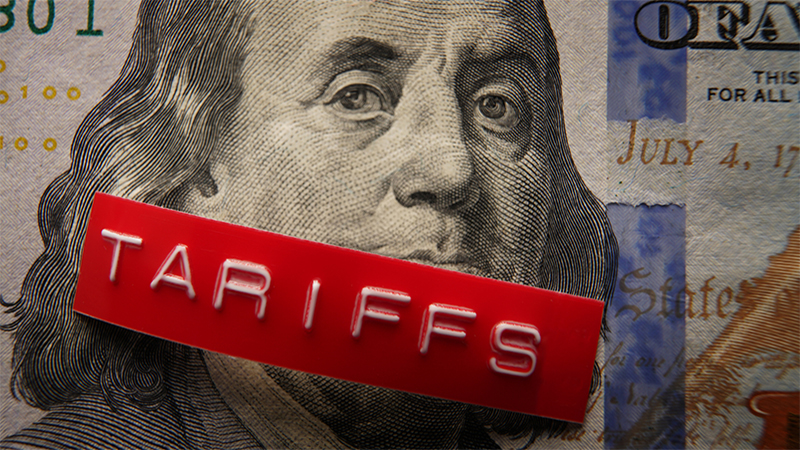There will be 100 or so of them along with thousands of others listening out for his mention of further asset purchasing, or QE3, which many are anticipating. But is more quantitative easing what is needed to start the recovery, or is it simply a tool to make sure things do not get any worse?
I could not imagine a world where there had been no quantitative easing as central banks repositioning taxpayers’ assets was about the only way that 2008’s credit crisis could have been stemmed and then reversed – though we’re still waiting for the reversal to really kick in.
Many of the problems Bernanke referred to last year remain so don’t be surprised to hear a repeat of:
“In many countries, including the United States and most other advanced industrial nations, growth during the past year has been too slow and joblessness remains too high. Financial conditions are generally much improved, but bank credit remains tight; moreover, much of the work of implementing financial reform lies ahead of us. Managing fiscal deficits and debt is a daunting challenge for many countries, and imbalances in global trade and current accounts remain a persistent problem.”
Playing politics
But last year, the Federal Reserve was united; this year, they are not. The Tea Party Republicans are a highly vocal and influential group that is “taking lumps out of Obama”, according to Philip Lawlor, an investment strategist at Smith & Williamson.
“He has to do something different than just more QE to sort out the big problems of unemployment and the housing market,” he said.
He has already said he will not lower interest rates; he could increase borrowing but Obama’s administration has already been forced away from that option.
John Redwood, a former Conservative cabinet minister and now chairman of the investment committee at Evercore Pan-Asset Capital Management, asks: “Can the Fed spend the interest on the bonds they hold on buying more? Should they buy longer-dated bonds, paying for them by selling shorter-dated? Might this cut the interest rates on mortgage-lending and give some succour to a damaged housing sector? Should they cut interest on bank deposits with the Fed even more?”
Another option to encourage spending by credit-constrained consumers and companies is through tax breaks but the political atmosphere will probably not allow this. Even if they are, there is no guarantee that if you give people money that they will spend it where Bernanke wants them to.
If more QE is announced, there is the danger that markets will see this as the only measure that Bernanke and co. are willing to take, and there has to be an end point to working the printing presses.
Like most political speeches, Bernanke will probably spend an inordinate number of words to in effect announce very little.
His conclusion will likely be similar to that in 2010: “We have come a long way, but there is still some way to travel. Together with other economic policymakers and the private sector, the Federal Reserve remains committed to playing its part to help the US economy return to sustained, non-inflationary growth.”









